The 13th ACM Multimedia Systems Conference (ACM MMSys 2022) Open Dataset and Software (ODS) track
June 14–17, 2022 | Athlone, Ireland
Vignesh V Menon (Alpen-Adria-Universität Klagenfurt), Christian Feldmann (Bitmovin, Klagenfurt), Hadi Amirpour (Alpen-Adria-Universität Klagenfurt),
Mohammad Ghanbari (School of Computer Science and Electronic Engineering, University of Essex, Colchester, UK), and Christian Timmerer (Alpen-Adria-Universität Klagenfurt).
Abstract:

VCA in content-adaptive encoding applications
For online analysis of the video content complexity in live streaming applications, selecting low-complexity features is critical to ensure low-latency video streaming without disruptions. To this light, for each video (segment), two features, i.e., the average texture energy and the average gradient of the texture energy, are determined. A DCT-based energy function is introduced to determine the block-wise texture of each frame. The spatial and temporal features of the video (segment) are derived from the DCT-based energy function. The Video Complexity Analyzer (VCA) project aims to provide an
efficient spatial and temporal complexity analysis of each video (segment) which can be used in various applications to find the optimal encoding decisions. VCA leverages some of the x86 Single Instruction Multiple Data (SIMD) optimizations for Intel CPUs and
multi-threading optimizations to achieve increased performance. VCA is an open-source library published under the GNU GPLv3 license.
Github: https://github.com/cd-athena/VCA
Online documentation: https://cd-athena.github.io/VCA/



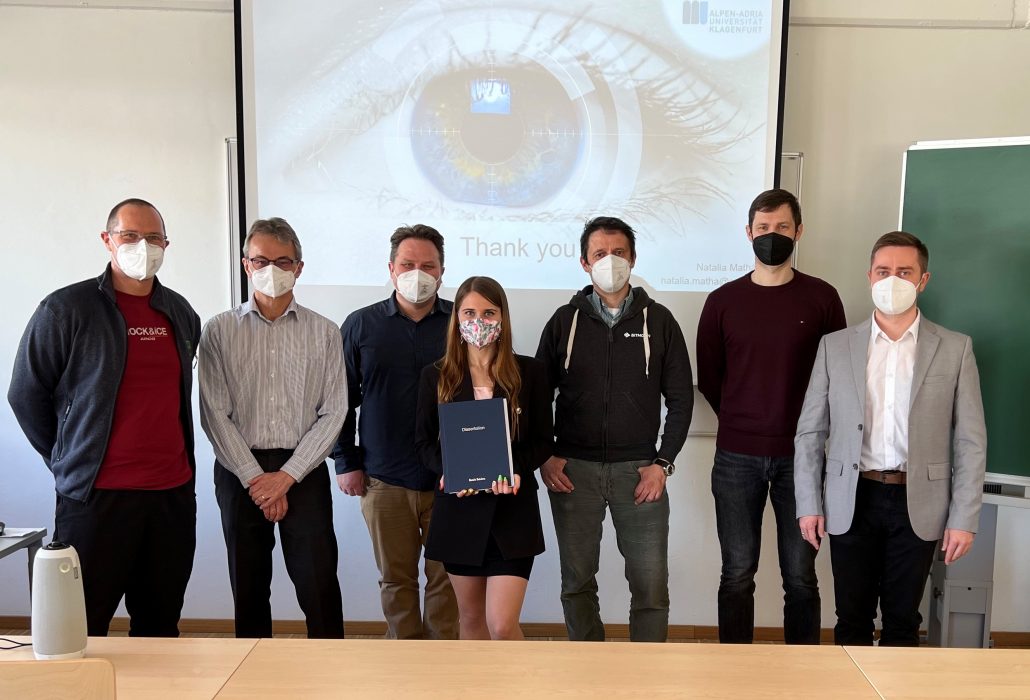 On April 6th, 2022, Natalia Mathá (former Sokolova) successfully defended her thesis on “Relevance Detection and Relevance-Based Video Compression in Cataract Surgery Videos” under the supervision of Assoc.-Prof. Klaus Schöffmann and Assoc.-Prof. Christian Timmerer. The defense was chaired by Univ.-Prof. Hermann Hellwagner and the examiners were Assoc.-Prof. Konstantin Schekotihin and Assoc.-Prof. Mathias Lux. Congratulations to Dr. Mathá for this great achievement!
On April 6th, 2022, Natalia Mathá (former Sokolova) successfully defended her thesis on “Relevance Detection and Relevance-Based Video Compression in Cataract Surgery Videos” under the supervision of Assoc.-Prof. Klaus Schöffmann and Assoc.-Prof. Christian Timmerer. The defense was chaired by Univ.-Prof. Hermann Hellwagner and the examiners were Assoc.-Prof. Konstantin Schekotihin and Assoc.-Prof. Mathias Lux. Congratulations to Dr. Mathá for this great achievement!
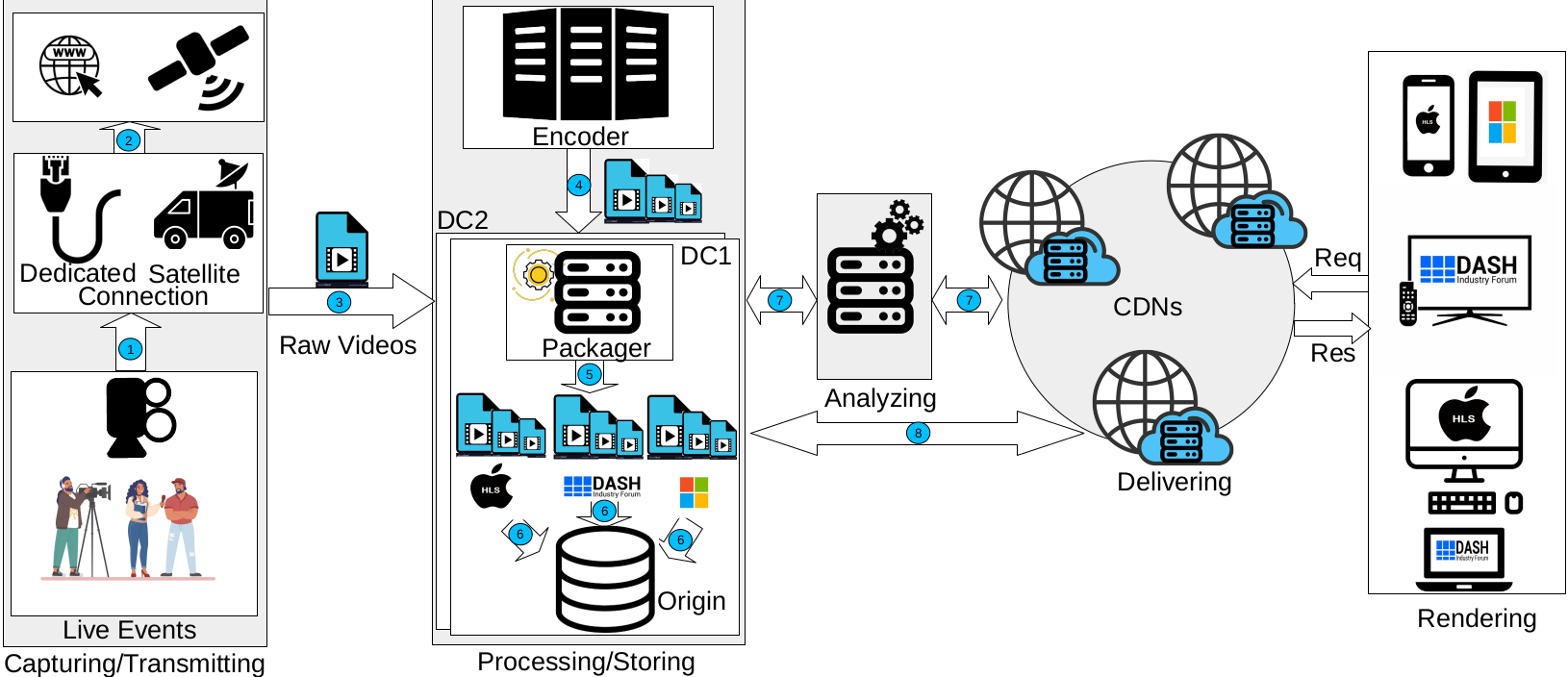


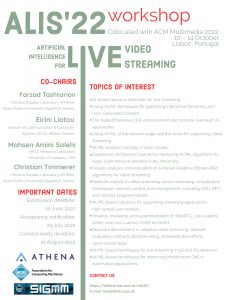


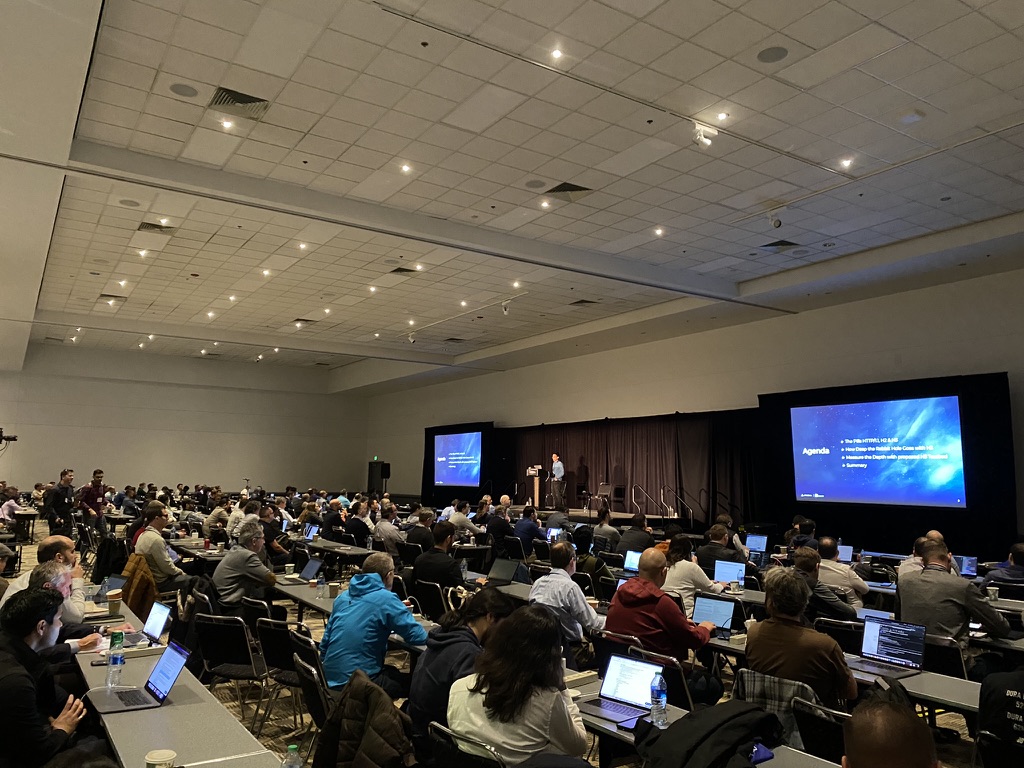
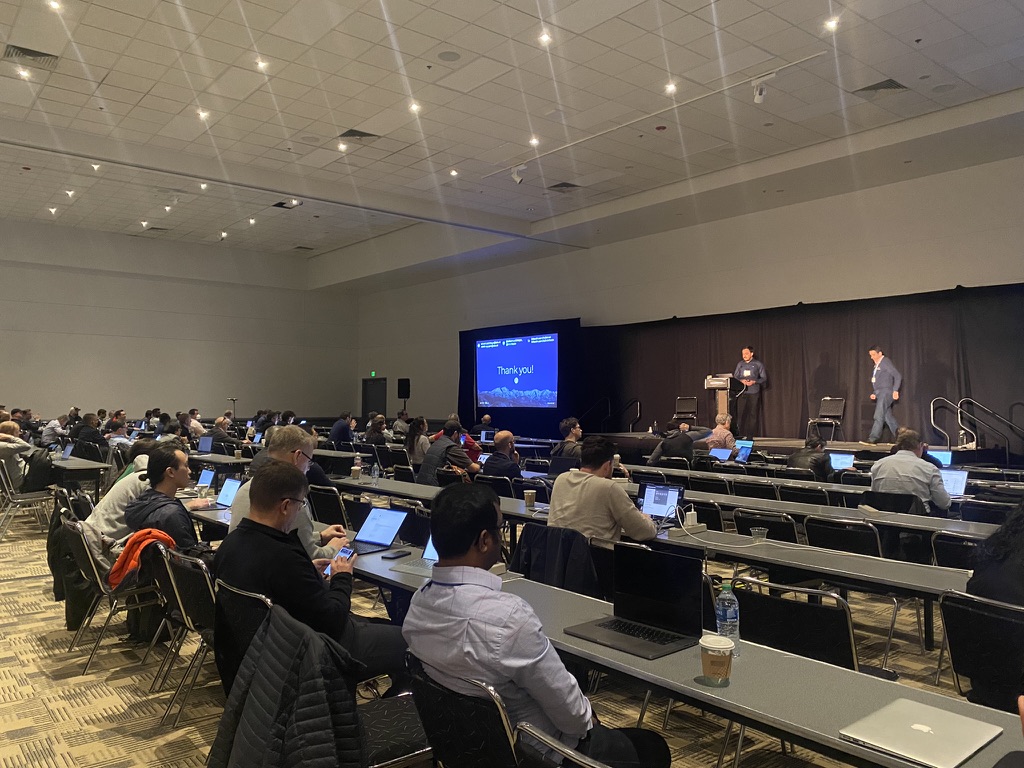





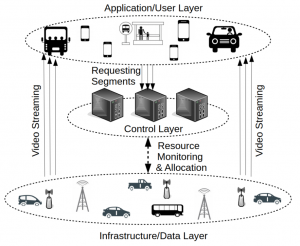 We design QoCoVi in two SDN-based operational modes: (i) centralized and (ii) distributed. In centralized mode, we can obtain a suitable solution by introducing a mixed-integer linear programming (MILP) optimization model that can be executed on the SDN controller. However, to cope with the computational overhead of the centralized approach in real IoV scenarios, we propose a fully distributed version of QoCoVi based on the proximal Jacobi alternating direction method of multipliers (ProxJ-ADMM) technique. The effectiveness of the proposed approach is confirmed through emulation with Mininet-WiFi in different scenarios.
We design QoCoVi in two SDN-based operational modes: (i) centralized and (ii) distributed. In centralized mode, we can obtain a suitable solution by introducing a mixed-integer linear programming (MILP) optimization model that can be executed on the SDN controller. However, to cope with the computational overhead of the centralized approach in real IoV scenarios, we propose a fully distributed version of QoCoVi based on the proximal Jacobi alternating direction method of multipliers (ProxJ-ADMM) technique. The effectiveness of the proposed approach is confirmed through emulation with Mininet-WiFi in different scenarios.